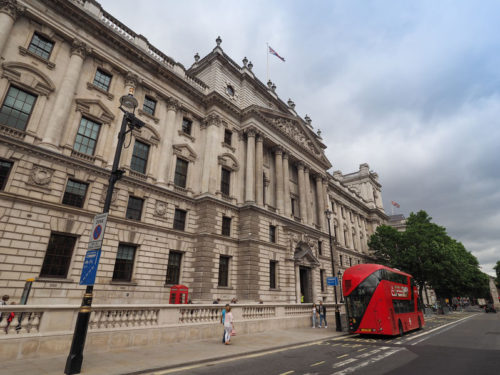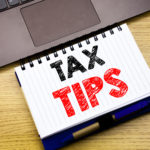The property allowance is, in effect, two reliefs being both an exemption from tax and a minimum deduction in calculating letting profit. It applies to all types of lettings whether UK or overseas including commercial rental income but excluding furnished holiday lets.
Should a landlord have more than one property business (e.g. a UK residential and a UK commercial let) then the receipts of both businesses are combined and only one allowance can be claimed. However, where a property is jointly owned, each owner can claim their own allowance against their share of gross property income
Under the allowance, where an individual’s total gross income from the property business is less than £1,000 in any one tax year then no income tax is payable. Not only is there no tax to pay but there is also no need to file a tax return. However, landlords who qualify for the allowance will need to monitor the income figure every year as should the income exceed the limit then a self assessment tax return will be required.
In addition, where the income of the property business exceeds £1,000 the landlord may elect to deduct a minimum of £1,000 from the property rental income rather than deduct the expenditure actually incurred. As such businesses with low outgoings (e.g. a single property with no mortgage and low repairs) would be advised to claim for the property allowance instead of using the income less expenses calculation. However, if a business pays a large expense during a year (e.g. a ‘one off’ repair bill) then it may be better to claim expenses using the normal rules; this would also be relevant should the business make a loss.
A rent–a-room property business does not qualify for either full or partial relief under the property allowance. In addition, a landlord cannot use the allowance if they have a business which qualifies for rent-a-room relief, but they choose to disapply.
A landlord has one year from the filing date for the tax year to make an election. Note that the figure of £1,000 is not time apportioned where the business was operated for part of the tax year – it’s an ‘all or nothing’ claim.
Example
During the year ended 5 April 2020 Avtar received rent of £4,400 and incurred allowable expenses of £720.
Avtar has the choice of either:
- applying the normal rules and deducting actual expenditure from income received (£4,400 – £720 = £3,680);
or
- elect to use the property allowance (£4,400 – £1,000 = £3,400)
Avtar decides to elect for the property allowance, needing to do so by 31 January 2022.





